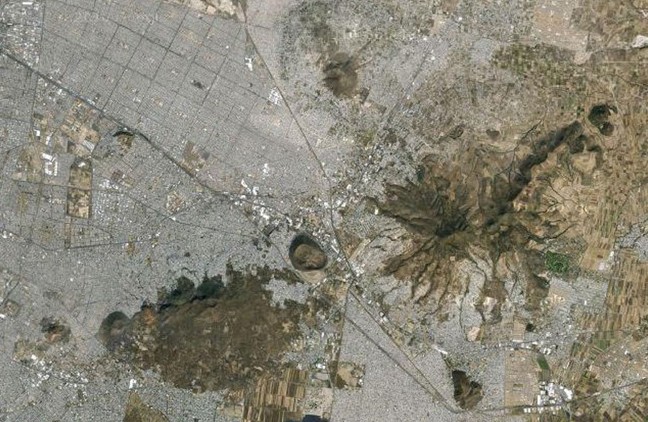
Unmapped and Unknown: Neza-Chalco-Itza, Mexico City
Mexico City’s Neza-Chalco-Itza slum has four million people (Jacobson, 2007). Land area of the slum is unavailable. Mexico has a high level of income inequality with a Gini coefficientof 51.7 making it the 18th most unequal country in the world (CIA, 2011).
The majority of slum residents in Mexico City work in the service sector as household help or manual labor (UNHABITAT, 2003). A primary infrastructure challenge is the lack of water supply within the household. The 2000 census found that 1.8 million people live without water inside their homes (Connolly, 2010).
In order to address this infrastructure constraint residents buy water. Households that can afford to build a cistern and buy water from delivery truck services. In Mexico City the government provides potable water for free, but the distributors charge between 80 and 500 pesos per truck. That fee is charged to the customers. Poorer families purchase 200-liter drums of water from intermediaries costing families over half of a monthly minimum wage on water. As a result, families ration their water. Households lacking vehicular access carry water in plastic buckets or harvest rain (Connolly, 2010).
Addressing the lack of water access in Mexico City is complex because the entire city is using water at a rate that is sinking the city into the ground due to depletion of the water table (Sletto, 1995). I recommend a three-part policy approach. First, the city needs to reduce wasteful water use. For example, sidewalk watering should be fined. Mandate use of water efficient toilets in all government buildings and hotels. Second, implement education campaigns about the water crisis throughout the city. Third, installing mobile water units in communities where residents can get water at the same cost as piped water supply. In order to transport water in inaccessible locations ergonomic carriers such as the Q Drum or Wello offer options (QDrum, 2012 and Wello, 2012).
This article is a product of Professor Shagun Mehrotra’s Global Urban Environmental Policy class. Views expressed are entirely those of the individual author
References
Badkar, M. (February 7, 2011). A Shocking Satellite Tour Of The World’s Biggest Slums. Business Insider. Retrieved February 7, 2011, from http://www.businessinsider.com/worlds-biggest-slums-2011-2
CIA. (2011). Country Comparison: Distribution of family income – Gini index.CIA Factbook. Retrieved January 31, 2012, fromhttps://www.cia.gov/library/publications/the-world-factbook/rankorder/2172rank.html
Connolly, P. (2010). Urban Slums Reports: The Case of Mexico City, Mexico, Universidad Autonoma Metropolitana-Azcapotzalco: Mexico City. 30.
Jacobson, M. (May 2007). Mumbai’s Shadow City. National Geographic, Retrieved January 31, 2012, from http://ngm.nationalgeographic.com/2007/05/dharavi-mumbai-slum/jacobson-text
Google. (2012). Google Earth (Version 6.0.3.2197) [Software]. Available from http://www.earth.google.com
QDrum. (2011). About Q Drum. Wello. Retrived January 31, 2012, from http://www.qdrum.co.za/
Sletto, B. (1995). That Sinking Feeling.Geographical, 6:7. 24-27.
UNHABITAT. (2003). The Challenge of Slums. London: Earthscan.
Wello. (2011). The issue. Wello. Retrieved January 31, 2012, from http://wellowater.org/